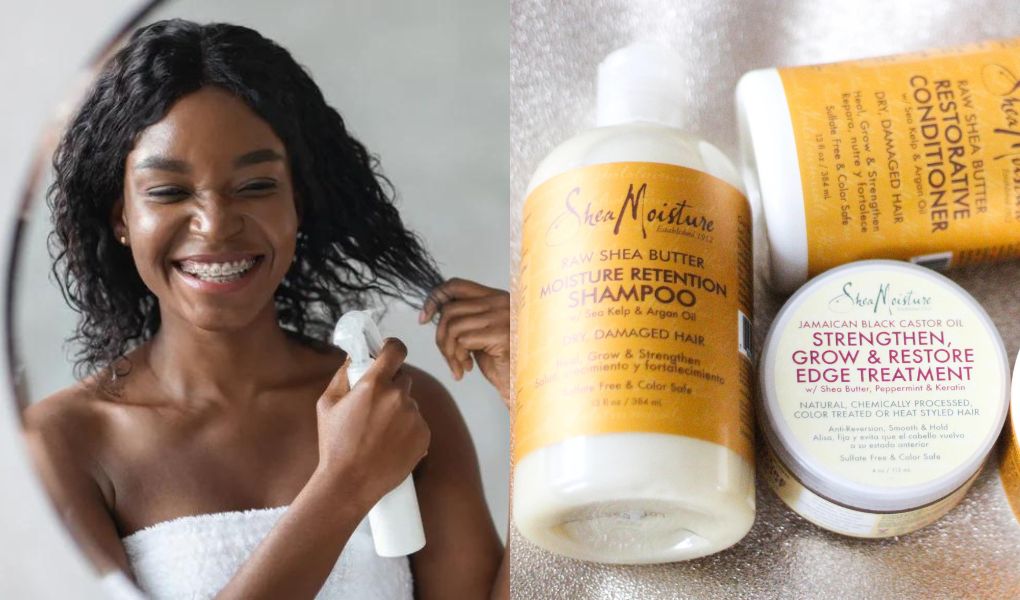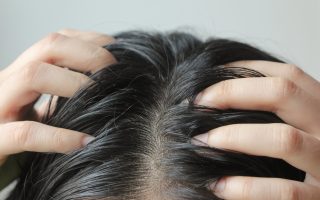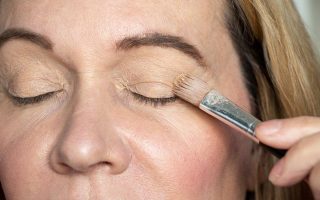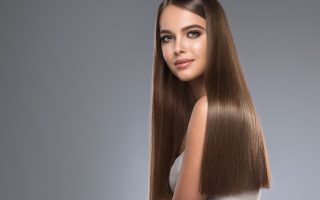Shea Moisture is a popular haircare brand celebrated for its natural ingredients and effectiveness on curly and textured hair. Yet, some users have expressed concerns about potential hair loss after using their products. Is there a real connection between Shea Moisture and hair loss? Let’s unpack the facts and explore what you need to know to protect your precious curls.
Understanding Hair Loss
Hair loss is a complex issue with many potential causes. Before blaming any hair product, it’s crucial to understand the common triggers behind hair shedding:
Genetics
A predisposition to hair loss, known as androgenic alopecia or male/female pattern baldness, can be inherited from either side of your family (Source). This type of hair loss is characterized by a gradual thinning of hair at the crown of the head (in men) or a widening of the part line (in women).
Stress
High levels of physical or emotional stress can disrupt the hair growth cycle. During stressful periods, the body may shift resources away from hair growth to focus on essential bodily functions. This can lead to a temporary increase in hair shedding, typically 2-3 months after the stressful event. In most cases, hair growth returns to normal once the stressor subsides (Source).
Medical Conditions
Various medical conditions can contribute to hair loss (Source). These include thyroid imbalances, hormonal fluctuations associated with pregnancy, menopause, or polycystic ovary syndrome (PCOS), autoimmune diseases like alopecia areata, and scalp conditions like ringworm or seborrheic dermatitis.
Nutritional Deficiencies
Lack of essential vitamins and minerals required for healthy hair growth can lead to hair loss. Deficiencies in iron, vitamin D, biotin, and protein are some of the most common culprits. These deficiencies can arise from dietary restrictions, malabsorption issues, or certain medications.
Product Sensitivities
Irritants and allergens in any hair care product, not just Shea Moisture, can trigger inflammation or allergic reactions on the scalp. This inflammation can disrupt the hair follicle’s ability to produce healthy hair, leading to hair loss. Some common ingredients that can cause scalp irritation include sulfates, fragrances, and certain types of alcohols.
Shea Moisture and Hair Loss: Possible Links
Here’s how Shea Moisture could potentially contribute to hair loss in certain situations:
- Allergies: Shea butter is derived from tree nuts (Source). Nut allergies can manifest in scalp irritation, inflammation, and sometimes even hair loss.
- Incorrect Product Usage: Using excessively thick Shea Moisture products intended for drier hair types, or leaving products on the scalp for too long, can clog pores and hinder follicle function.
- Product Build-Up: If Shea Moisture products are not rinsed out sufficiently, the build-up can potentially weigh down hair strands and increase breakage, mimicking hair loss.
- Underlying Issues: If your hair loss is due to a medical condition or deficiency, using Shea Moisture won’t solve the root problem. Correct diagnosis and treatment are essential.
How to Protect Your Hair When Using Shea Moisture
If you love Shea Moisture but are concerned about potential hair loss, here are some things to keep in mind:
1. Patch Test Before Trying New Products
Before introducing any new hair product, especially those containing shea butter or other nut-based ingredients, conduct a patch test on your inner forearm. Apply a small amount of the product and wait 24-48 hours. If you experience any redness, itching, or irritation, discontinue use and consult a dermatologist to rule out allergies.
2. Choose the Right Products for Your Hair Type
Shea Moisture offers a diverse range of product lines formulated for various hair types, porosities, and concerns. For instance, high-porosity hair absorbs moisture readily and benefits from heavier butter-based products. Conversely, low-porosity hair has a tight cuticle and might struggle with such rich formulations (Source). Research Shea Moisture’s product lines and consult a hairstylist familiar with their offerings to select products that best suit your specific hair type and needs.
3. Apply Products Properly
Always follow the instructions on the product label. Avoid applying heavy conditioners or styling products directly to your scalp, as this can clog hair follicles and contribute to hair loss. Focus on applying product to the mid-lengths and ends of your hair, where it’s most needed for hydration and curl definition.
4. Clarify Regularly to Remove Build-Up
Build-up of any hair product, not just Shea Moisture, can lead to scalp issues and potential hair loss. Integrate a clarifying shampoo into your routine once or twice a week to remove product build-up and keep your scalp clean and healthy (Source). Choose a clarifying shampoo formulated for your hair type to avoid stripping your hair of essential oils.
5. Listen to Your Hair
It’s crucial to pay attention to how your hair reacts to new products (Source). If you notice increased shedding, unusual breakage, or scalp discomfort after using Shea Moisture products, stop using them immediately. This could indicate an allergy, product incompatibility, or underlying scalp condition. Consult a dermatologist or trichologist (hair specialist) for further guidance and personalized recommendations for your hair care routine.
When to Consult a Specialist
Don’t hesitate to seek professional advice from a dermatologist or trichologist (hair specialist) if:
- Your hair loss is sudden or excessive.
- You experience scalp itching, redness, or discomfort.
- You have other symptoms alongside hair loss.
In Conclusion
While Shea Moisture can be beneficial for many, individual reactions vary. It’s rarely the sole culprit behind hair loss. Understanding your hair, using products responsibly, and paying attention to potential triggers will help you avoid issues and maintain healthy, beautiful curls.




